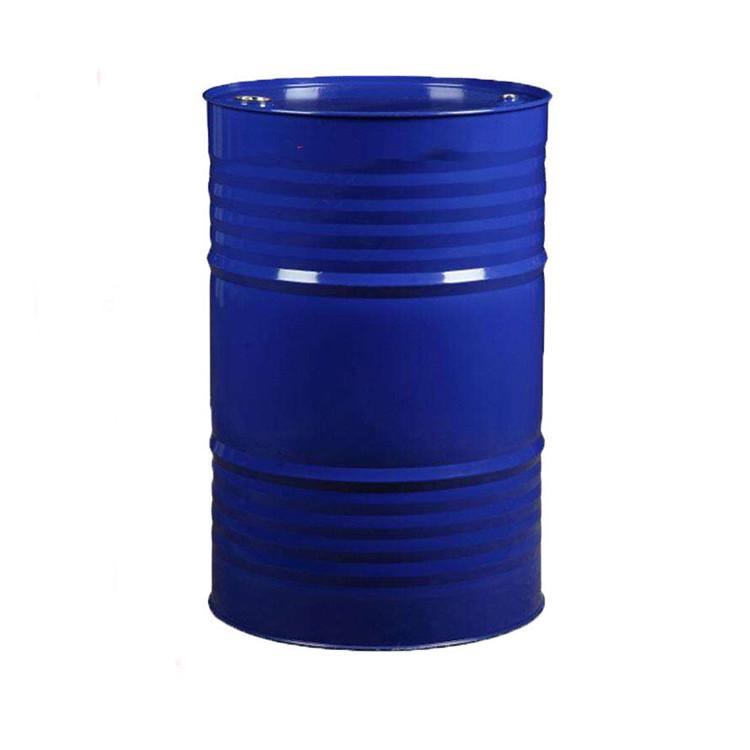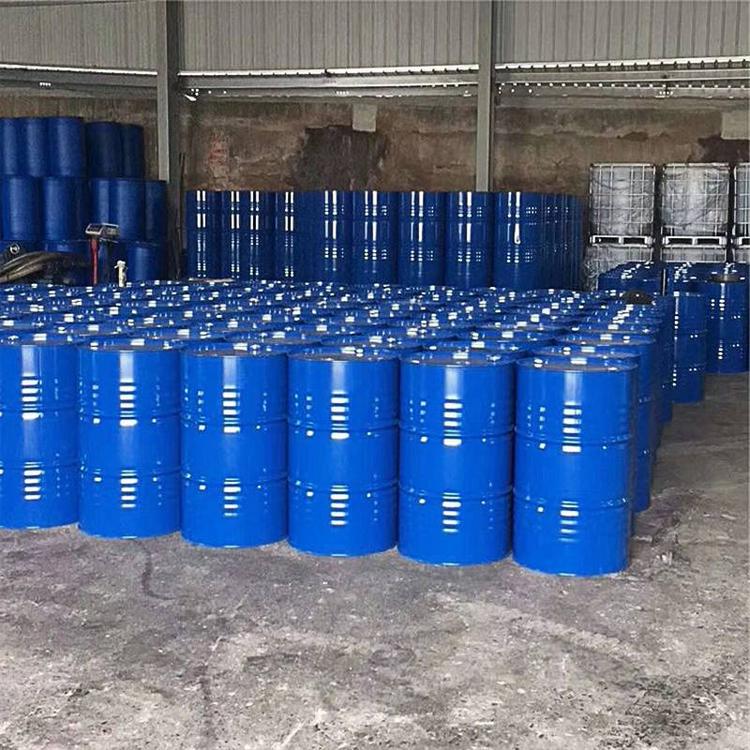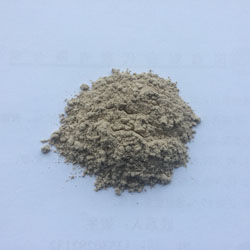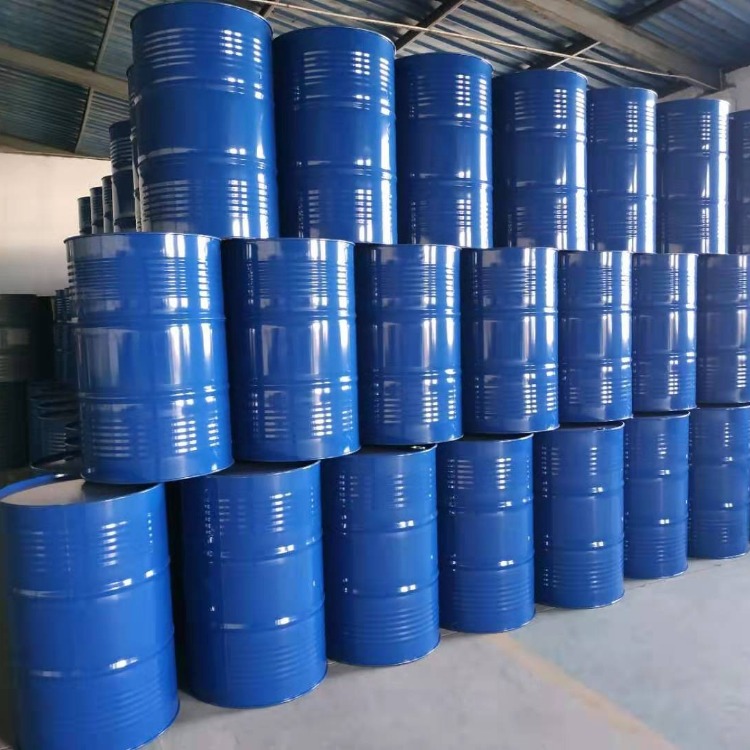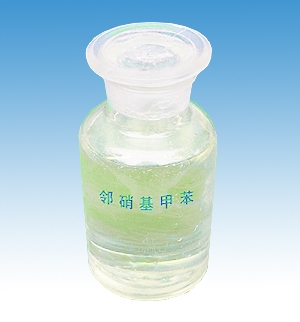Intermediates
Cationic Dyes
Pigment Black
Sulfur Dyes
Ingrain Dyes
Others
Pigment Orange
Solvent Dyes
Pigment
Vat Dyes
Dye Intermediates
Pigment Brown
Dyestuff
Pigment Violet
Dispersive Dyes
Other Dyes
Pigment Red
Pigment Yellow
Metallic Pigment
Pigment White
Reactive Dyes
Acid Dyes
Direct Dyes
Pigment Green
Basic Dyes
Nitrogen Compounds
Pigment Blue
Pearlescent Pigment
CAS:88-12-0
Molecular Formula:C6H9NO
Alias
More Information
N-Vinylpyrrolidone; 1-Vinyl-2-Pyrrolidone; 1-Vinylpyrrolidin-2-One; N-Vinyl-2-Pyrrolidinone; Polyvinylpyrrolidone; Vinylpyrrolidone; 1-Ethenylpyrrolidin-2-One; NVP
Brief Introduction
N-vinylpyrrolidone is mainly used to produce polyvinylpyrrolidone, which is widely used in medicine, daily chemical and food industries.
Suppliers
View More Vendors (2) >
CAS:88-43-7
Molecular Formula:C6H6ClNO3S
Alias
More Information
4-Chloroaniline-3-Sulfonic Acid; Benzenesulfonic Acid,5-Amino-2-Chloro; 5-Amino-2-Chloro-Benzenesulfonic Acid; 4-Chloro-Aniline-3-Sulphonic Acid; P-Chloroaniline-M-Sulfonic Acid; 1-Amino-4-Chlorobenzene-3-Sulphonic Acid; 6-Chloro-3-Aminobenzenesulfonic Acid; 6-Chlorometanilic Acid; 2-Chloro-5-Aminobenzenesulfonic Acid; 5-Amino-2-Chlorobenzenesulphonic Acid
Brief Introduction
an intermediate for reactive dyes
Suppliers
View More Vendors (2) >
CAS:88-44-8
Molecular Formula:C7H9NO3S
Alias
More Information
4B Acid; 2-Amino-5-Methylbenzenesulfonic Acid; 4-Aminotoluene-3-Sulphonic Acid; P-Toluidine-2-Sulfonic Acid
Brief Introduction
This product is mainly used in the production of pigments, is an important intermediate of organic pigments.
Suppliers
View More Vendors (2) >
CAS:88-51-7
Molecular Formula:C7H8ClNO3S
Alias
More Information
2B Acid; 2-Chloro-4-Aminotoluene-5-Sulphonic Acid; 4-Amino-2-Chlorotoluene-5-Sulfonic Acid; 6-Amino-4-Chloro-M-Toluene Sulfonic Acid; 4-Amino-6-Chlorotoluene-3-Sulphonic Acid; Aminochlorotoluenesulfonicacid
Brief Introduction
This product is mainly used in the production of pigments, is an important intermediate of organic pigments.
Suppliers
View More Vendors (2) >
CAS:88-72-2
Molecular Formula:C7H7NO2
Alias
More Information
1-Methyl-2-Nitrobenzene; O-Nitrotoluene; O-Nitrotoluol; Toluene,o-Nitro; Benzene, 1-Methyl-2-Nitro-; O-Methylnitrobenzene; Orthomononitrotoluene; 2-Methylnitrobenzene; 2NT; ONT; Ortho-Mononitrotoluene; _|_; Dye Intermediate
Brief Introduction
It is used as the intermediate of dyes and pesticides, and also in the production of coatings, plastics and medicine.
Suppliers
View More Vendors (2) >
Inquiry (
10
/ 10
)
Clear All
Sign In
Error!

